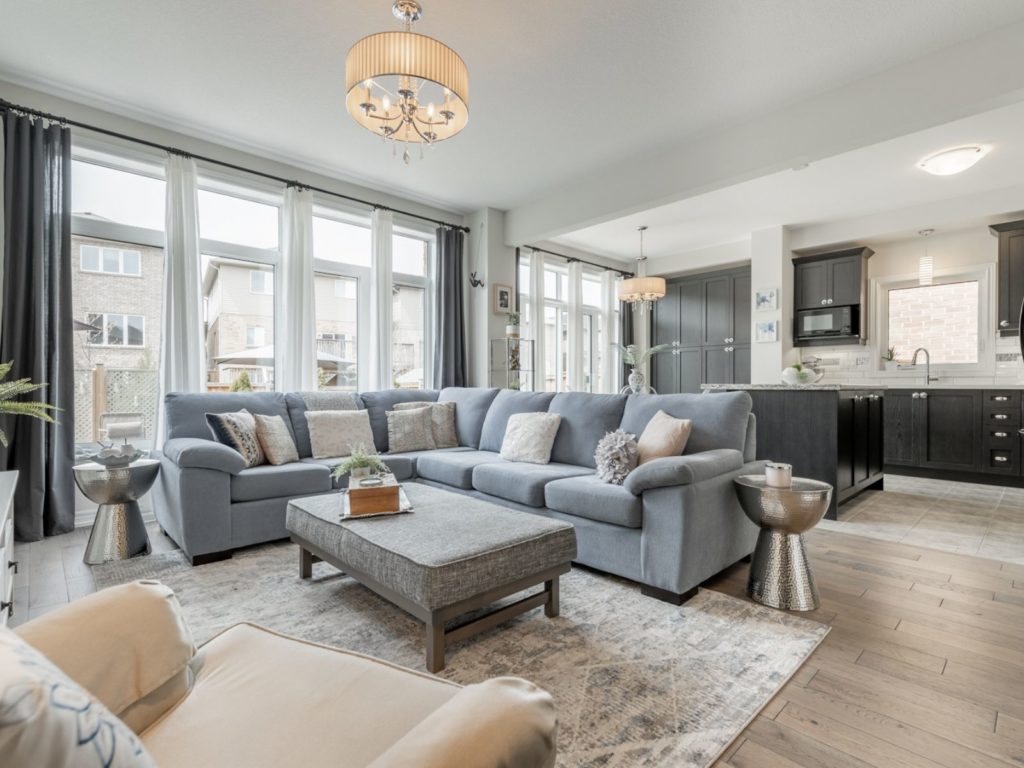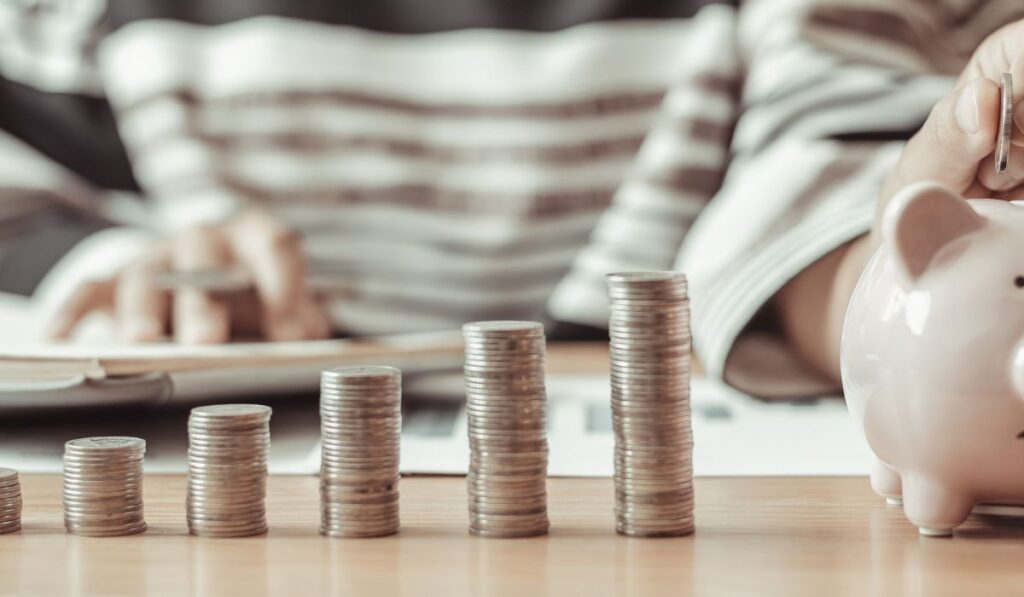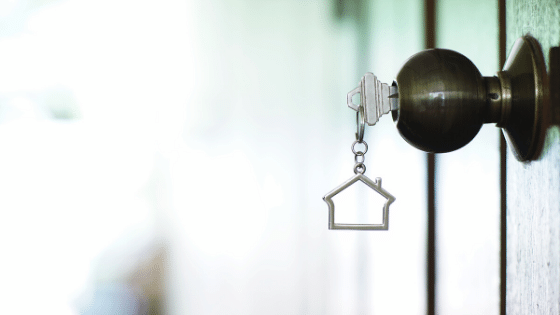Most Canadians know the importance of retirement savings. The primary purpose of RRSP’s [Registered Retirement Savings Plans] is to provide you and your spouse with income upon retirement, usually as a supplement to a pension, to maintain a standard of living.
If you ask most RSP holders, though, why they invest in these funds, the first thing they will mention is tax savings.
RSP contributions are tax deductible in the year they are made, often resulting in a lower tax bill due to deferral of income taxes on the funds that are set aside. Depending on your personal tax bracket and the amount of your contributions, the savings can be substantial.
What Does This Have to Do With Buying a House?
The hardest part of buying your first home is usually saving up for the down payment. If you are a first-time home buyer who has been growing your own RSP, you may be able to access these funds toward that amount under the federal government’s HBP, or Home Buyers’ Plan.
There are, as you might expect, some rules that apply – one of which is that there is a limit as to how much RSP money can be withdrawn for this purpose. As of March 19, 2019, the limit was increased from $25,000 to $35,000. This amount is per person, which can represent a substantial chunk of change for a couple buying a house together. See CMHC rules about minimum down payment requirements here.
Some other stipulations to qualify are:
- You must be a first-time home buyer.
- Your funds must stay in the RSP for at least 90 days before being withdrawn.
- You may not use funds from locked-in or group RSP’s, and you must be the owner of all RSP funds that are withdrawn for the home purchase.
- You must have a valid, written contract to buy [or build] a qualifying home. (This may be for yourself or for a disabled relative, in which case the related person must be the one to enter into the agreement to purchase.)
- You must be a Canadian resident when you withdraw the funds from your RRSPs under the Home Buyers’ Plan and up to the time your home is bought or built
- The home must be your principal place of residence within one year after buying or building it. If the purchase is being made on behalf of a related person with a disability, the home must be their primary residence.
VERY IMPORTANTLY…
- In the second year after you make the withdrawal, you will be required to start to pay back the money you withdrew from your RSP. The entire amount must be repaid within 15 years.
Although you do not have to pay the income tax at the time of withdrawal (as you would have to do if you took it out for other purposes), to maintain that benefit, you are under obligation to repay the loan you essentially made to yourself. It can be repaid in full at any time, but you must be sure to designate the money as a “repayment” by using the appropriate government form. Your contributions are not automatically allocated to your “debt.”
If you can’t or don’t repay the expected amount, it will be treated as income for that year and you will pay income tax on it. Depending on your tax bracket, this can add to your annual tax burden.
Your annual Notice of Assessment will keep you updated as to your balance owing, or you can access your account online at the My Account for Individuals page of the CRA website.
Should You Do It?
The answer is, as with so many financial decisions…maybe.
If you are approaching retirement, the timing may not be ideal to tap into your RSP fund to buy your first home, or your first home on your own, even if you qualify. However, if you are in your 20’s or 30’s, gainfully employed, and making regular contributions to your RSP already – the program may be the perfect way to supply the minimum down payment or reduce your mortgage amount. This may help you accomplish one or more goals: To enter the market, to pay less interest over the life of your mortgage, or to avoid CMHC premiums altogether (if it helps you come up to 20% down).
If you already have 20% down, or you think it will be a hardship to repay the loan over the 15 years, the program probably isn’t for you, either. Remember, RSP’s serve two purposes: to save for the future and to minimize your tax burden. If you have a healthy down payment, your best bet is to shop for the best mortgage rates and buy within your budget. Your equity will build as you pay down your mortgage and you will increase your net worth. Any contributions you make to your RSP will continue to grow your retirement savings, you will get the tax deduction on the whole amount, and you won’t be tempted to skip your repayment and end up paying more taxes than you had to.
Who Should You Talk To?
Buying a house, as we have said so often, is the biggest financial commitment most people will make. Take advantage of the expertise of a qualified tax accountant, a financial planner, and a mortgage broker. These professionals will be able to show you exactly what the dollars and cents will look like for each decision you are considering.
Let us know if you’d like us to refer you to some excellent advisors. We are always happy to share the names of those we trust!





